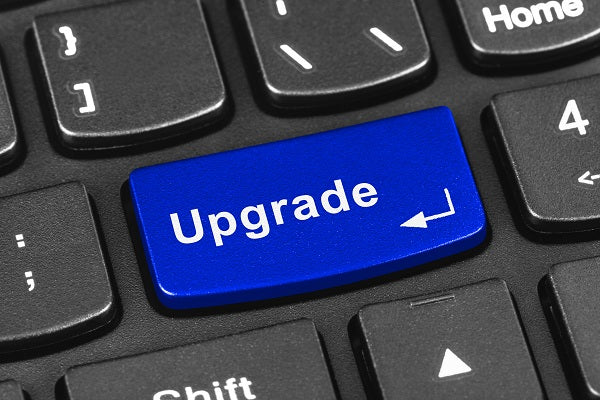
4 Signs You Need to Upgrade Your POS System
“Should I upgrade my POS system?” At some time or another, you’re probably going to ask yourself this question and if you don’t, you should. Here are four signs that the answer is “yes,” and that it’s time to get the upgrade ball rolling.
1. Lack of support for a high-caliber customer experience. At one time, ensuring that shoppers could quickly pay for their purchases was sufficient enough to create a top-tier customer experience. However, this is no longer the case. Initiating and executing tailored loyalty programs and promotions, engaging with consumers based on detailed records of their purchases and preferences, sharing information with shoppers at the point of decision, offering online order fulfillment in-store, and adhering to an omni-channel business model are all “musts” if retailers and restaurateurs are to meet the mark on the customer experience front. Any POS system that does not enable operators to satisfy these imperatives should be upgraded as soon as possible.
2. Hardware headaches. Frequent minor hardware malfunctions, such as monitors that won’t switch on or receipt printers that won’t print, may indicate that a POS system is at risk of imminent failure and should be replaced. And if a repair is possible, the cost of replacement parts and lost business will eventually exceed the price of upgrading the entire POS system.
Other hardware-related snafus may also signal that an upgrade is in order. Notably, many POS system components and peripherals have become obsolete and may no longer be supported by vendors. Even if the necessary components are available, they will become more difficult to obtain as your POS system ages. This will force you to manage your establishment with fewer POS stations, preventing you from backing up and restoring data, and creating other obstacles to success.
3. Omni-channel obstacles. Over the past few years, consumers have grown to expect a consistent brand experience, whether they are shopping in a retailer’s store or on its website. Not only do they require the merchandise they want, when they want it, they demand instantaneous information from retailers about whether an out-of-stock item is available at another location or in the warehouse, and they want to arrange shipment immediately. A round of telephone calls to other stores to locate the desired goods is no longer sufficient.
These changing expectations have led retailers to adopt an omni-channel retailing model, in which merchants’ brick-and-mortar stores, websites, catalog divisions, and other business components operate as a cohesive unit instead of as disparate entities. This necessitates having a POS system that offers real-time access to inventory data and customer information across all lines of business as well as enables and supports automated processes for order fulfillment. Some retailers have tried to avoid upgrading their POS systems to operate under an omni-channel umbrella, using “work-arounds” for other solutions. This is a bad idea, as it can cause productivity loss and exposure to error. Opting for a POS system upgrade to truly support an omni-channel model is a wiser course of action.
4. Dearth of data. Savvy retailers and restaurant operators constantly strive to improve their business—but doing so is impossible without actionable data and analytics from the POS system. Unless your system allows you to view store and web-related data side-by-side and compare it line by line while also yielding a holistic view of customers, it will be impossible to implement the degree of change needed to effect the growth of your organization.
No matter the size of a retail or restaurant business, upgrading the POS system may be an expensive proposition. However, when one or more of these signs appear, it’s a necessity and a move you won’t regret making when you see the financial return.
